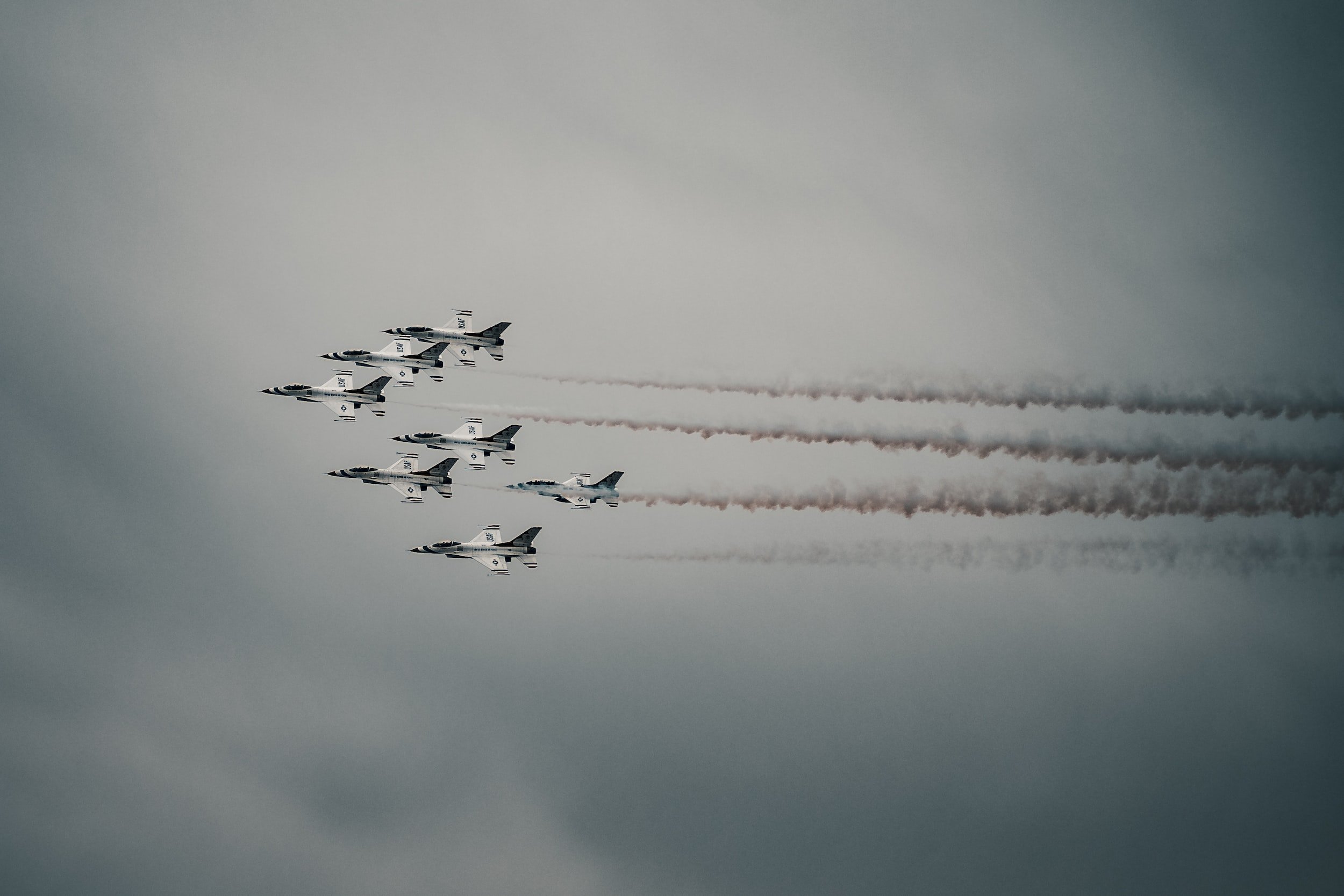
“At our first conference, we worked with a single DARPA office. DARPA management awarded that office for its presentation and funded the key projects featured in their presentation. At the next conference, two more offices, plus one of DARPA’s senior executives engaged us. By the last conference, we were scripting nearly half of DARPA's presentations.”
Ambassador Phillip Hughes, WHWG Senior Director (emeritus); managed the DARPA relationship
From 2003 until the program was discontinued a decade later, the Defense Advanced Research Projects Agency (DARPA) engaged White House Writers Group to support its biannual DARPATech conference.
The high-profile event brought the agency together with defense contractors, advanced technology providers, academic researchers, and reporters. Each of DARPA’s many offices (the number varied from year to year) showcased their coolest technologies and blue-sky concepts. The offices competed against one another to attract the best and most pitches from the many technology community innovators who attended.
WHWG's method was always the same: In consultation with the client, a) work out the presentation’s overarching theme; b) assign individual writers to every designated presenter (to ensure that each presentation emerged as a building-block for the overall theme); c) help the presenters get beyond the purely technical, to bring out the wider and longer-term implications of their work; d) as all presentations had to be unclassified, ensure that all appropriate clearances were secured; e) accompany each DARPA team to the California convention site to be on-hand for last-minute needs.
Our goal was to make each presentation memorable and distinctive -- able to be understood and appreciated by expert and non-expert alike. This was not as easy as it may sound. DARPA was and is staffed by many of the most eminent experts in their scientific and engineering fields. Few outside the agency could understand the scientific, physical, technological, and engineering feats they were attempting, much less explain them to others.
Attendees, too, had vastly different backgrounds and interests. Theoretical physicists sat side-by-side with behavioral psychologists. Software engineers and microcircuit inventors were briefing Defense officials who were lawyers or politicians in civilian life. Army colonels were speaking to Navy admirals and Air Force generals about potential breakthroughs for land warfare that, poorly presented, might only seem a threat to the priorities of the other services. Attendance was typically around 3,000, including tech journalists.
